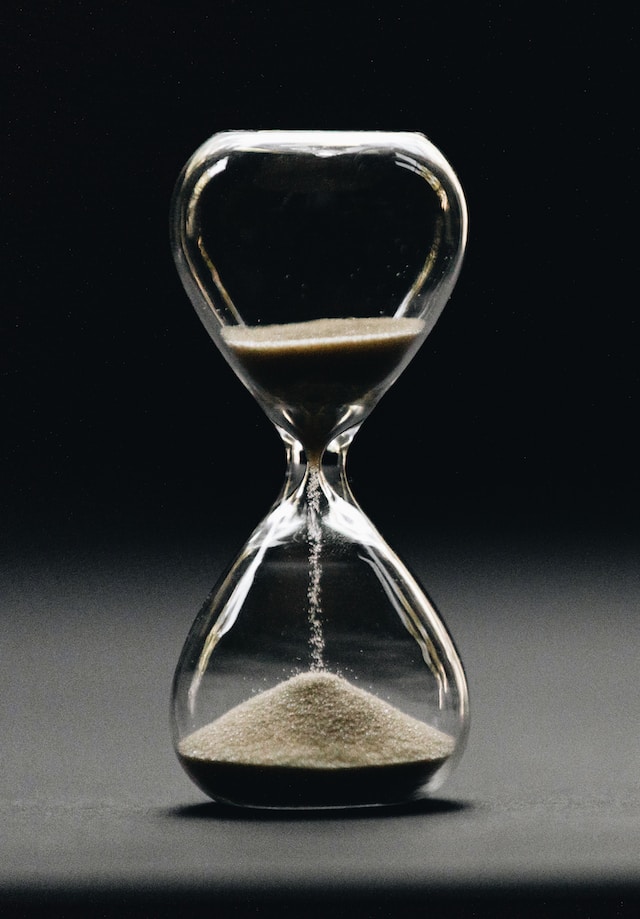Time
Inexorably flowing
This article is a stub. Please comment if you would like it to become a priority for expansion.
For thousands of years, the people of Etrea have striven to measure the passing of time. Whilst the measurement of time varies from culture to culture, many places individually reached similar conclusions and developed similar methods, with the greatest differences appearing in the evolution of calendars. Today, the telling of time in Etrea is surprisingly standardised.
In 4978 EA, the Etrean Standard Calendar was created by a group of scholars in an attempt to make international relations easier. Before then, many calendars existed across the world.
The measurement of time in a day, however, has always been relatively similar across much of the world. As trade and the development of timekeeping devices blossomed, it only became more so. As standard, a day in Etrea is split up into twenty-four equal intervals known as hours. Hours are ancient, with references to day and night being split into twelve hours each dating back almost a thousand years. Each hour is split up into sixty smaller segments called minutes, which are then split up into sixty more intervals known as seconds. Whilst this is now the most common method of division, some places across the world split the hour differently, breaking it into four, six, or even ten segments.
Over the centuries, various methods of timekeeping have been developed, some more accurate than others. These include the sundial, the water clock, the hourglass, the pendulum, and differing complexities of clockwork.


Comments